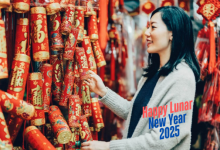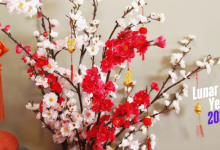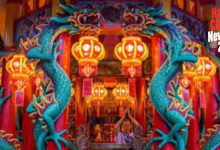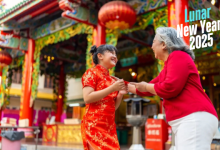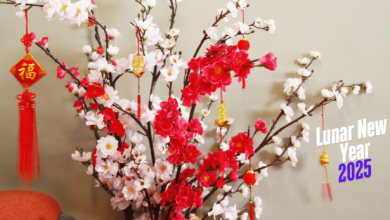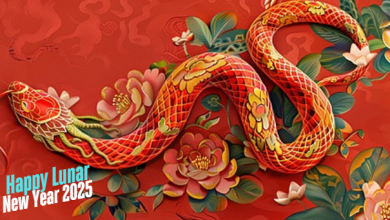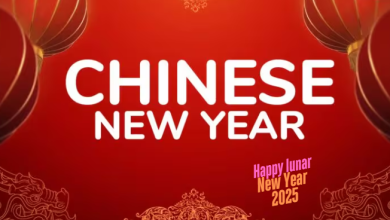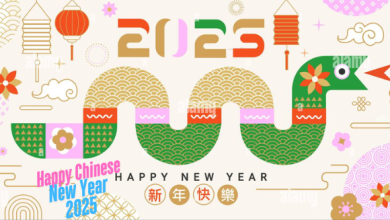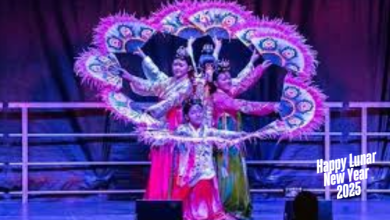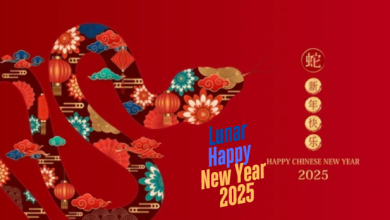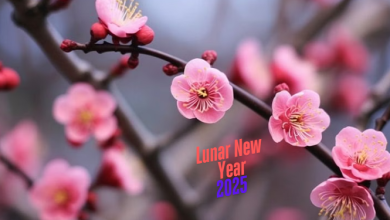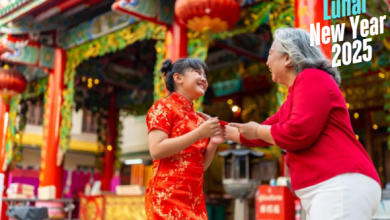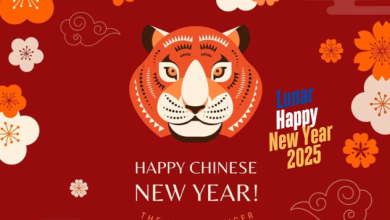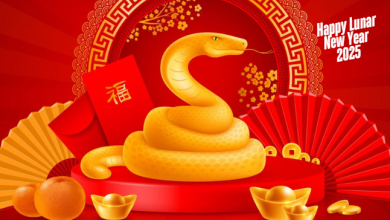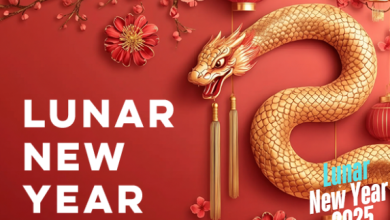Lunar New Year Food Traditions 2025
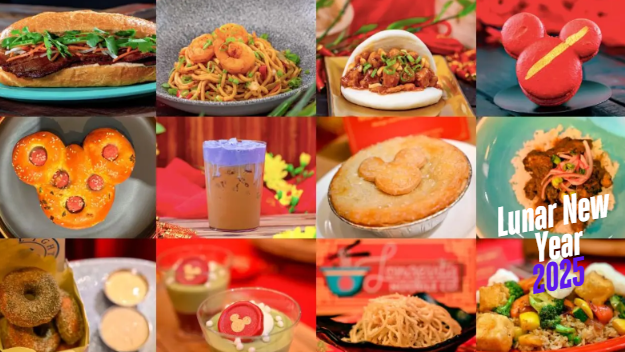
Lunar New Year, also known as the Spring Festival, is one of the most celebrated holidays across Asia and among communities worldwide. The festival marks the beginning of a new year on the lunar calendar and is filled with traditions that bring families together to honor their heritage, ancestors, and hopes for the future. One of the most significant aspects of Lunar New Year is the food, which carries deep cultural and symbolic meanings. As we welcome the Year of the Snake in 2025, let’s explore the food traditions that make this celebration so special.
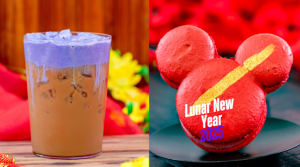
The Role of Food in Lunar New Year Celebrations
Food is more than sustenance during Lunar New Year; it’s a way to express love, respect, and wishes for prosperity, health, and happiness. Each dish served at the festive table has a symbolic meaning, often tied to its name or appearance. The preparation and sharing of these dishes are deeply rooted in family traditions and regional customs, making the New Year feast a cherished highlight of the holiday.
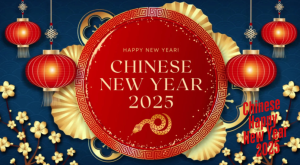
Essential Lunar New Year Dishes and Their Symbolism
- Dumplings (Jiǔozi):
- Symbolism: Wealth and prosperity.
- Dumplings are shaped like ancient Chinese gold ingots, symbolizing wealth. Families often gather to make dumplings together on New Year’s Eve, filling them with meat, vegetables, or even a hidden coin for extra luck.
- Fish (鱼, Yú):
- Symbolism: Abundance.
- The word for fish sounds like “surplus” in Chinese, making it a must-have dish. Fish is often served whole to symbolize unity and a complete year of blessings.
- Spring Rolls:
- Symbolism: Wealth.
- These golden, crispy rolls resemble bars of gold, making them a popular dish for wishing financial success in the coming year.
- Longevity Noodles:
- Symbolism: Long life.
- These uncut, extra-long noodles are eaten to symbolize a long and healthy life. Care is taken not to break the noodles during cooking or eating, as this is believed to shorten one’s lifespan.
- Sticky Rice Cake (Nian Gao):
- Symbolism: Rising success.
- The name of this sweet, glutinous rice cake means “higher year,” signifying growth and progress. It’s often made with sugar, dates, and other sweet ingredients.
- Tangyuan (Sweet Rice Balls):
- Symbolism: Family unity.
- These soft, round rice balls are served in a sweet soup and symbolize togetherness. They are particularly popular during the Lantern Festival, which marks the end of Lunar New Year celebrations.
- Mandarins and Oranges:
- Symbolism: Good luck and wealth.
- These citrus fruits are often displayed and exchanged as gifts because their golden color and round shape represent prosperity and fullness.
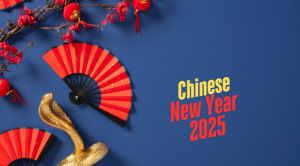
Regional Variations in Lunar New Year Cuisine
Lunar New Year is celebrated in various countries and regions, each adding its unique culinary traditions to the festival. Here are some regional highlights:
- China: In northern China, dumplings are a staple, while southern regions favor rice-based dishes like sticky rice cake.
- Vietnam: Known as Tết, the Vietnamese Lunar New Year features dishes like bánh chưng (square sticky rice cake) and pickled vegetables.
- Korea: Seollal, the Korean New Year, includes tteokguk (rice cake soup), which symbolizes a fresh start and the addition of a year to one’s age.
- Malaysia and Singapore: Yusheng, a colorful raw fish salad, is a highlight. It’s tossed by diners to symbolize prosperity and unity.
- Philippines: The Filipino Lunar New Year table features sticky rice desserts like biko and sapin-sapin, representing family unity and abundance.

The Importance of Family and Tradition
Preparing and sharing the Lunar New Year feast is a collective effort that brings families together. From elders teaching younger generations how to fold dumplings to the ceremonial cutting of rice cakes, these traditions strengthen family bonds and ensure the passing down of cultural heritage.
In addition to the food itself, the presentation and order of serving are important. Certain dishes are served first or last to signify specific blessings, and the table is often arranged to reflect abundance and harmony.

Modern Twists on Traditional Favorites
While traditional dishes remain central to Lunar New Year celebrations, many families are embracing modern twists to suit contemporary tastes and lifestyles. For example:
- Health-conscious families may opt for steamed or baked versions of fried dishes like spring rolls.
- Vegan and vegetarian variations of classic dishes are becoming more popular, such as plant-based dumplings and sticky rice cakes.
- Fusion cuisine, combining Lunar New Year flavors with international influences, is gaining popularity, especially among younger generations.
The food traditions of Lunar New Year 2025 are a beautiful reflection of culture, family, and hope for the future. Whether you’re enjoying a bowl of longevity noodles, crafting dumplings with loved ones, or savoring a slice of sticky rice cake, each dish carries a piece of history and a wish for prosperity. As we welcome the Year of the Snake, may your Lunar New Year feast be filled with joy, abundance, and delicious memories that last a lifetime. Happy Lunar New Year!
